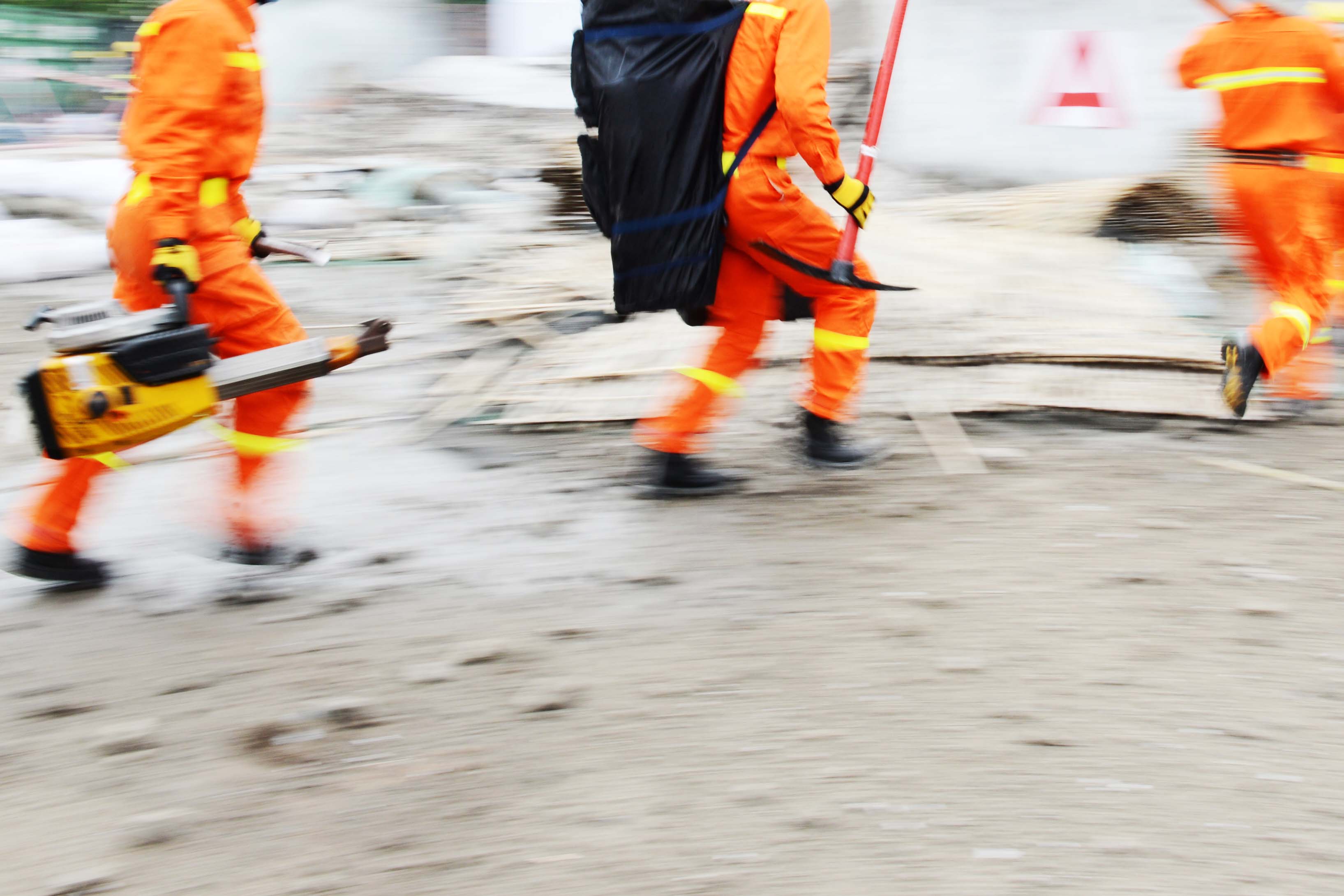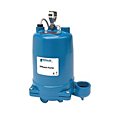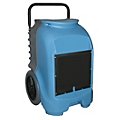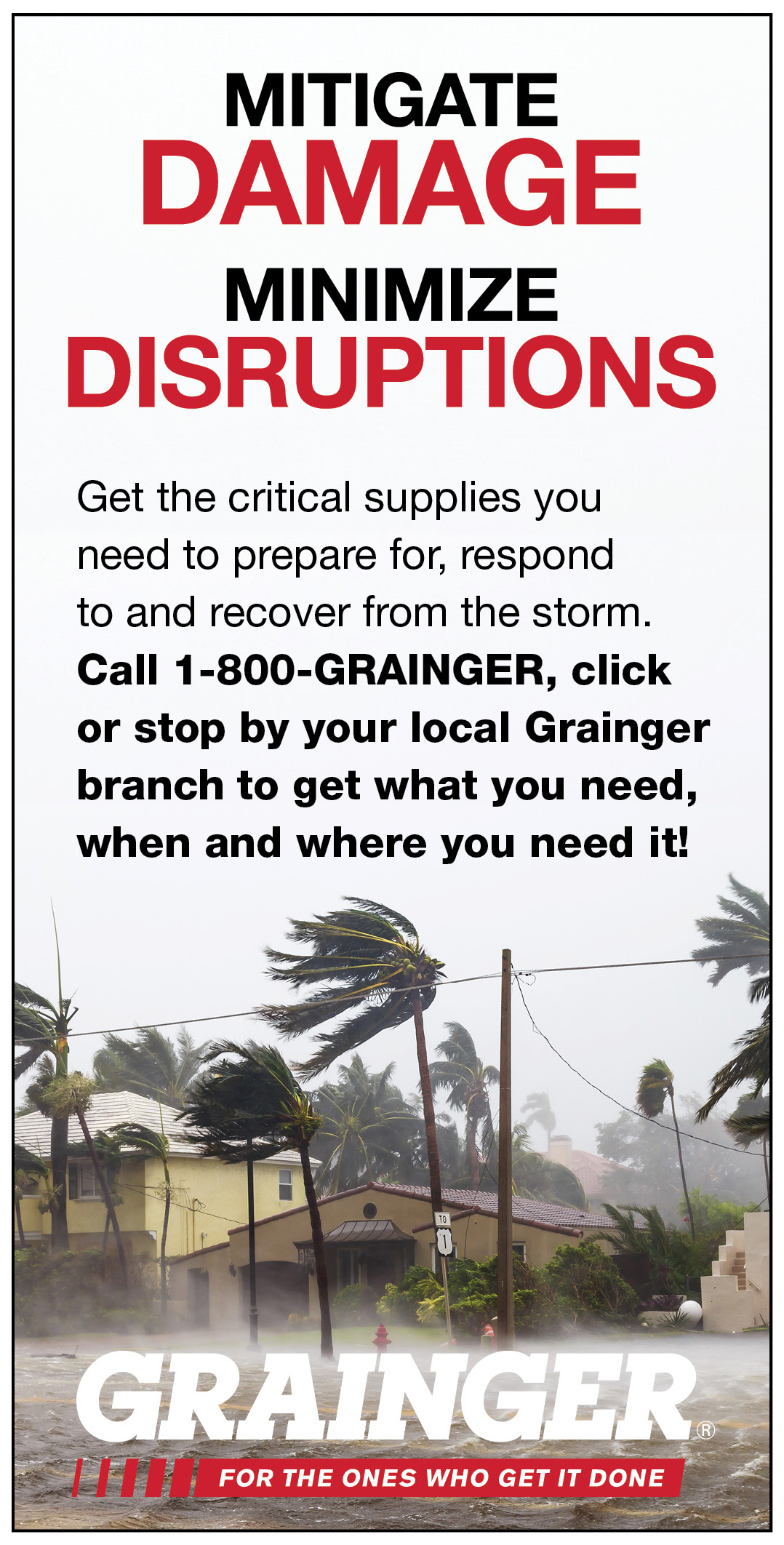

Planning Ahead for Hurricane Recovery
By Grainger Editorial Staff 10/13/20


After a hurricane, your facility must take steps to stabilize buildings and equipment and ensure it’s safe for employees to return to work.
Preparing ahead of time for the effects of a potential storm—which can include flooding, power loss, building damage and debris—means stocking the right products, tools and personal protective equipment (PPE) to help you recover quickly.
Identifying Possible Recovery Hazards
According to the EPA, recovering from a hurricane can present potential risks. Knowing these particular risks can help speed up your recovery and get you back to work faster.
Floods and mold: During a severe storm, and particularly with a hurricane’s storm surge, flooding can occur. Not only can flooding limit visibility and building access, it may bring potentially dangerous runoff into your facility, damaging equipment, walls and floors. It may also lead to mold if surfaces are not properly dried. Mold can form in as little as 48 hours after a surface gets wet, making rapid draining and drying the best way to help prevent widespread mold growth.
![]() COUNT ON GRAINGER FOR HURRICANE RECOVERY PRODUCTS
COUNT ON GRAINGER FOR HURRICANE RECOVERY PRODUCTS
Power outages: Power outages make it harder to bring your facility back online quickly and may increase the risk of electrocution. According to the Centers for Disease Control and Prevention (CDC), downed power lines and damaged equipment after a storm can be especially hazardous. To avoid an electric shock, do not touch any live wires or walk through standing water that may contain a power line. Before working on potentially live electric wires or equipment, trained employees should shut off power at breakers or service panels.
Equipment and structural damage: Wind, tornadoes and falling objects during a hurricane can cause structural damage to your facility and equipment. According to OSHA, the type of damage depends on the intensity of the storm. Damage can be minor, such as shattered windows or dented roofs, or major, impacting the structural integrity of your buildings. Take precautions when entering your facility and only enter the site after local authorities have given permission to do so.
Downed trees and debris: Storms can knock over trees and structures, posing challenges to access and safety during recovery. Trees and debris can block access to the facility until removed, cause structural damage when they fall on roofs or supports, or knock over critical infrastructure such as power lines, leading to potentially hazardous situations. Check with your local municipality to see if your community has a management plan for debris removal.
Stocking the Right Gear for Recovery
Because storms pose such varied risks, preparing ahead of time for recovery means deciding what equipment and PPE is most likely to be needed. According to OSHA, the most common recovery efforts after a hurricane include roof inspection and repair, debris and tree removal, and restoring utilities. These tasks all require specific gear to help keep response teams safe, including generators, PPE and tools.
Generators: Generators are common in the recovery phase to get vital systems back online and power your recovery equipment and electronics. Even Category 1 hurricanes can lead to long-term power outages. The right number of generators to keep on-hand depends on the power demands of the equipment you need to bring back online after a storm. Generators should be stored with their fuel, oil and accessories nearby so they can get up and running quickly for as long as an outage is expected.
Personal Protective Equipment (PPE): Emergency response PPE can protect you from hazardous materials, chemicals, dirt and contaminated water that may be in the facility after a storm, and can limit exposure to airborne hazards and viruses. Additional PPE such as hard hats, goggles, hearing protection, reinforced leather gloves and body protection should be worn when removing trees and other debris.
Pumps, fans and dehumidifiers: Sewage pumps help remove standing water from a facility after a flood, while fans help rapidly dry equipment and surfaces. Dehumidifiers can also help remove moisture from the air and speed up drying. All are important tools in recovery and mold mitigation after a storm, making flooded work areas more habitable sooner.
Gas detectors: During a power outage when alternative fuel and electricity sources such as generators are used, there's a possibility for carbon monoxide (CO) to build up. CO is toxic gas that has no odor, color or taste so it can be harmful to anyone entering the facility. Having a gas detector on hand can help you determine if CO or other hazardous gases are present in dangerous concentrations. According to the CDC, a generator should not be used inside the facility or less than 20 feet from any window.
Tools and materials: Common hand tools—including wrenches and screwdrivers—and power tools such as chainsaws and jigsaws are useful after an incident to help bring equipment and machinery back online and remove debris. According to Popular Mechanics, these tools help you recover faster, remove debris easily and make repairs after the storm. Stock these products in readily available places for recovery teams to access quickly across the facility. Battery-powered tools should also have charged backup batteries in storage in case of low power or failure.
By preparing for the unique risks hurricanes pose to your facility and stocking the right gear and equipment for recovery, you can help get operations back online in a safe and timely manner.
Learn more about how to prepare for, respond and recover from a hurricane.
The information contained in this article is intended for general information purposes only and is based on information available as of the initial date of publication. No representation is made that the information or references are complete or remain current. This article is not a substitute for review of current applicable government regulations, industry standards, or other standards specific to your business and/or activities and should not be construed as legal advice or opinion. Readers with specific questions should refer to the applicable standards or consult with an attorney.











